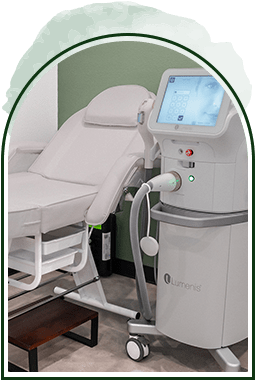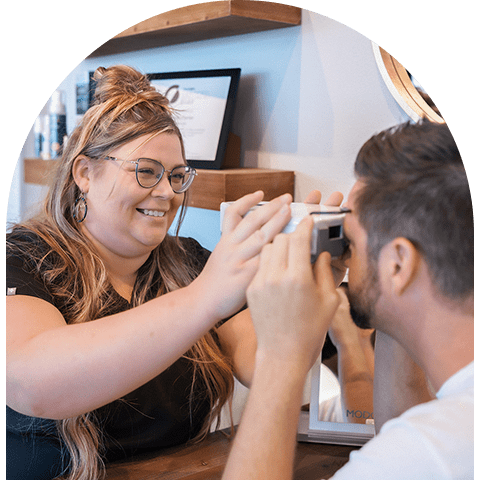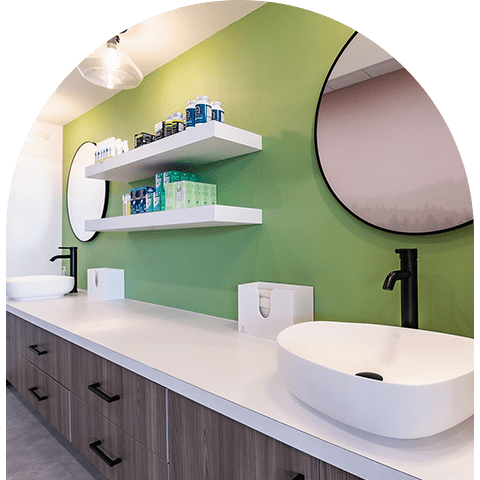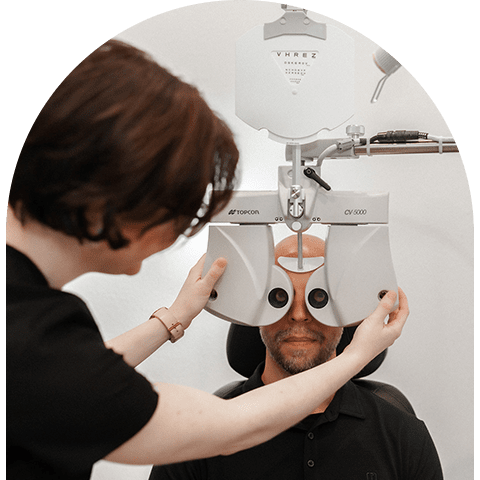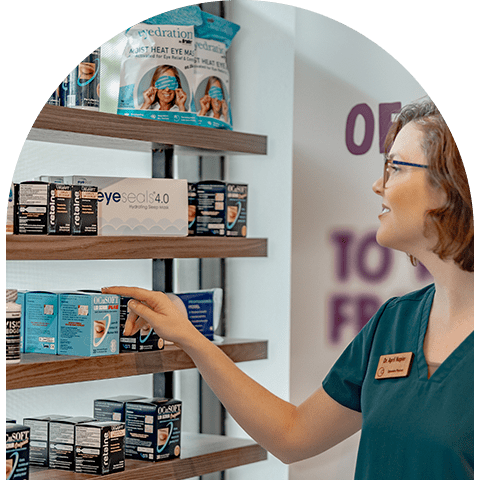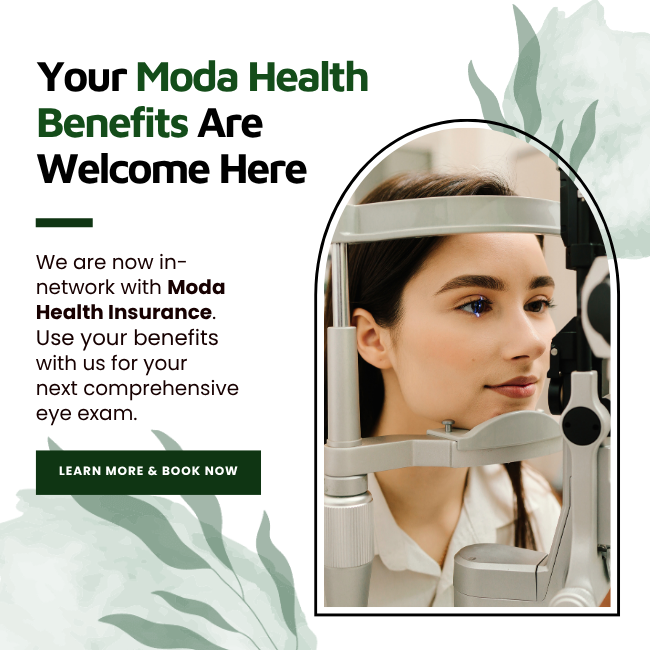What Is Myopia?
Myopia (nearsightedness) can affect your child’s distance vision, leading to problems that could have long-term effects on their quality of life or even eye health.
Children with myopia may not know their vision is changing or be unsure how to express it. At Central Eyes Optometry, we can assess these changes through a comprehensive eye exam and offer strategies that correct their vision beyond the abilities of common lens prescriptions.
We’re ready to help slow your child’s myopia progression. Request an appointment today to learn more about your child’s options for controlling myopia.
Book OnlineComplications of Myopia
Myopia occurs when your child’s eyes grow to be too long, or the corneas grow too steep.
It typically affects the clarity of your child’s distance vision. However, myopia can progress over time, and high myopia can increase the risk of several eye concerns like cataracts, glaucoma, or retinal detachment.
A personalized myopia management strategy can help mitigate these concerns, preserving your child’s vision and eye health.
Our Diagnostic Technology
Something we pride ourselves on at Central Eyes Optometry is our commitment to staying current with eye care innovations. As part of this commitment, we use a variety of technology to diagnose and monitor myopia.
Axial length measurements and corneal topography can help us diagnose myopia in your child. These techniques not only help us detect myopia early, but they also help us recommend a strategy suited to your child’s needs.
Axial Length Measurement
Axial length is the length of your child’s eye from front to back. Eye elongation is a common characteristic of myopia, and continued elongation is a sign of myopia progression.
Measuring axial length can help us detect changes in your child’s vision—sometimes more effectively than checking their lens prescription.
Corneal Topography
Because myopia can also occur with changes to your child’s cornea, corneal topography allows us to monitor these changes and how they may affect their sight.
Corneal topography can also help us detect sights of astigmatism or keratoconus. It’s also particularly useful for fitting contact lenses.
Our Myopia Management
Methods
Myopia can affect anyone. It generally first occurs between age 6 and 14, and can progress until age 20. Children with parents who have myopia may also have an increased risk of developing it themselves.
If we determine your child is developing myopia during their routine eye exam, we’ll go through our myopia management program with you and your child, detailing what to expect, the strategies we may recommend, and how it can support your child’s vision and eye health.
Some of our strategies include atropine eye drops, MiSight contact lenses, multifocal contact lenses, and ortho-k contact lenses.
Stellest Lenses
Stellest lenses use lenslet technology to provide children with clear, everyday vision while helping to slow the progression of myopia by an average of 67%. The lenses feature a central zone for sharp distance vision surrounded by hundreds of tiny lenslets that create a “myopic defocus,” gently signaling the eye to grow more slowly.
Worn during daily activities, Stellest lenses support healthier long-term vision by reducing the rate of eye elongation and helping protect eyesight as children grow.
Low-Dose Atropine Eye Drops
Atropine eye drops are commonly used to dilate pupils during eye exams, but at a low dose, it’s been shown to help block stimulation that can elongate the eyes.
MiSight 1 Day Contacts
MiSight 1 Day contacts are soft contacts designed to slow myopia while correcting your child’s eyesight. These contacts use strategic defocusing techniques that signal the eye to slow down elongation.
Studies have found children using MiSight lenses have better than 20/20 vision during their visits over a 6-year period.
Multifocal Contact Lenses
Multifocal contact lenses combine multiple vision prescriptions in a single lens. They can be helpful for triggering a specific response in the eye that slows myopia progression by providing clear central vision while blurring vision at the edges of the lenses.
Ortho-K Lenses
Orthokeratology (ortho-k) lenses gently reshape the cornea while your child sleeps, providing them with all-day-long clear vision without the need for contacts or glasses.
Ortho-k lenses can help manage myopia progression by changing how light enters the eye through the cornea, which then signals the eye to slow down elongation.
Take the Myopia Quiz
Book an Appointment
Your child’s eye health is important. We want to help protect their lifetime vision by slowing their myopia progression. Schedule an appointment with us today to learn more.
Book OnlineOur Location
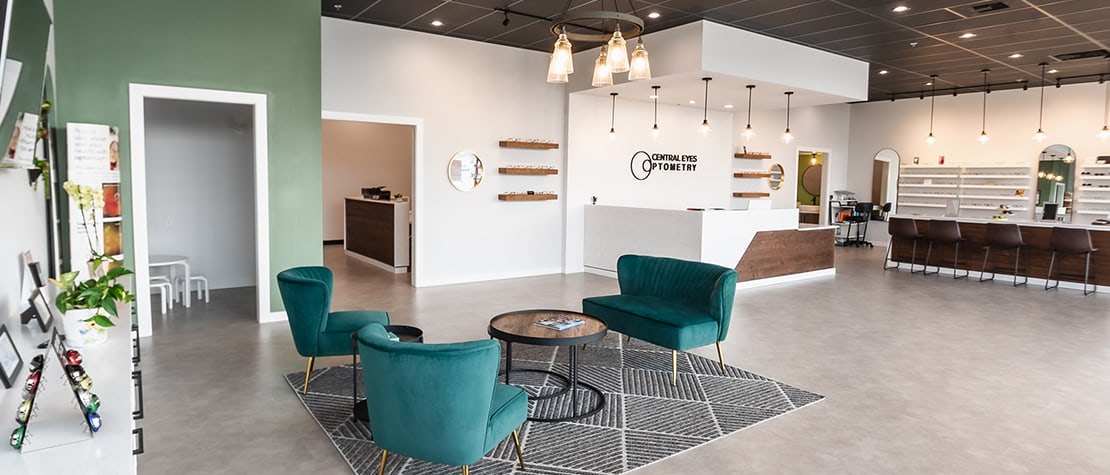
Our Address
- 1891 NE 7th Street
- Grants Pass, OR 97526
Contact Information
- Phone: 541-237-0030
- Email: [email protected]
Our Hours
Hours
- Monday: 9:00 AM – 6:00 PM
- Tuesday: 9:00 AM – 6:00 PM
- Wednesday: 9:00 AM – 6:00 PM
- Thursday: 9:00 AM – 6:00 PM
- Friday: 9:00 AM – 2:00 PM
- Saturday: Closed
- Sunday: Closed
Our Brands
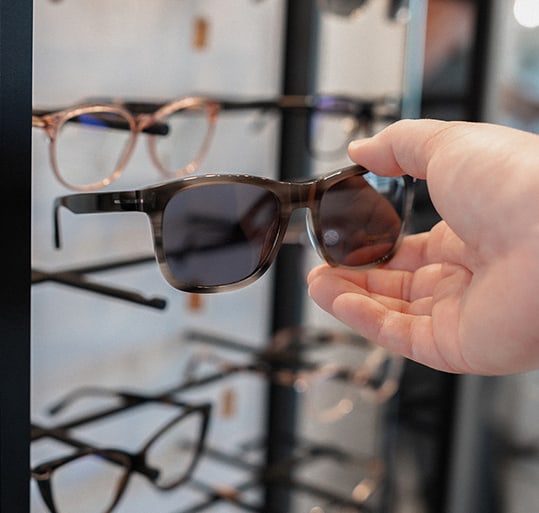
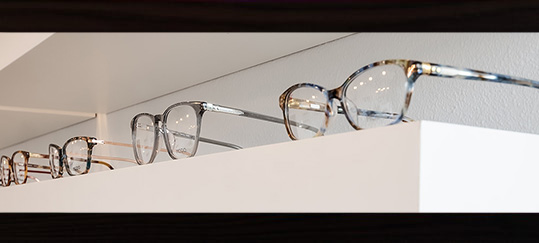

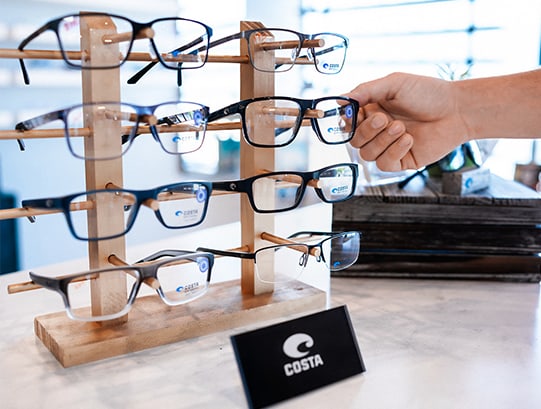

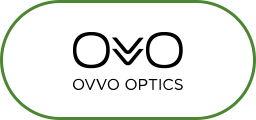
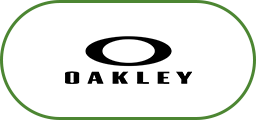

Our Google Reviews
Our Blogs
How Often Should I See an Eye Doctor?
Vision TipsEye exams are a crucial part of maintaining our overall health. Regular eye exams are essential, even if you don’t think you need a new glasses or contact lens prescription. Our eyes are complex organs, and a lot can go wrong without noticeable symptoms. Regular check-ups are the best way to detect both minor issues […]
Preventing Sports Eye Injuries
Vision TipsMost eye injuries are entirely preventable. This includes those sustained during athletic activities. While eye protection is commonly associated with professions like welding, construction, or laboratory work, it’s equally crucial for athletes. In the United States alone, proper eye protection could prevent approximately 27,000 of the 30,000 eye injuries reported annually in sports — that’s […]
The Fascinating World of Animal Eyesight
Vision TipsWhen it comes to vision, nature is both diverse and innovative. Animals have evolved an array of visual abilities that often far surpass human capabilities, tailored to their unique environments and survival needs. This blog post explores some of the most intriguing differences between human eyesight and that of various animals, shedding light on nature’s […]
How Often Should I See an Eye Doctor?
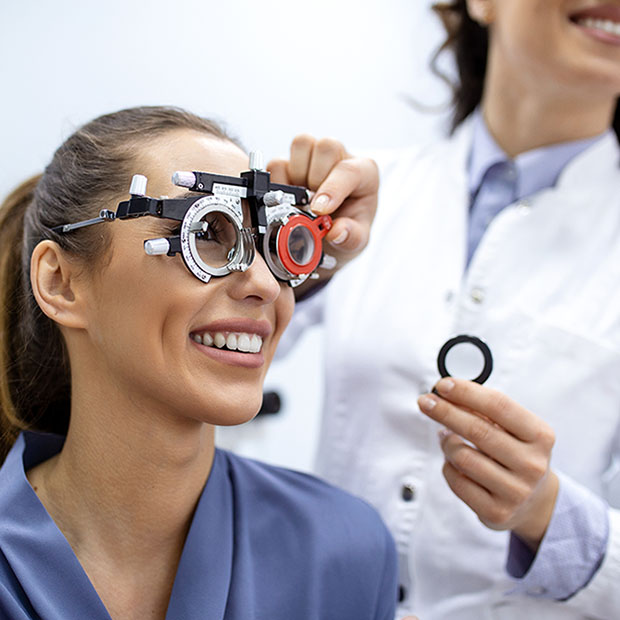
Eye exams are a crucial part of maintaining our overall health. Regular eye exams are essential, even if you don’t think you need a new glasses or contact lens prescription. Our eyes are complex organs, and a lot can go wrong without noticeable symptoms. Regular check-ups are the best way to detect both minor issues […]
Preventing Sports Eye Injuries

Most eye injuries are entirely preventable. This includes those sustained during athletic activities. While eye protection is commonly associated with professions like welding, construction, or laboratory work, it’s equally crucial for athletes. In the United States alone, proper eye protection could prevent approximately 27,000 of the 30,000 eye injuries reported annually in sports — that’s […]
The Fascinating World of Animal Eyesight
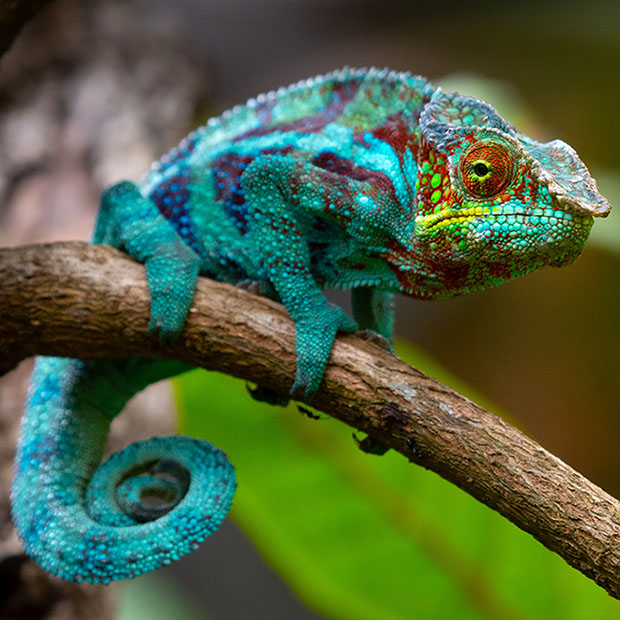
When it comes to vision, nature is both diverse and innovative. Animals have evolved an array of visual abilities that often far surpass human capabilities, tailored to their unique environments and survival needs. This blog post explores some of the most intriguing differences between human eyesight and that of various animals, shedding light on nature’s […]



